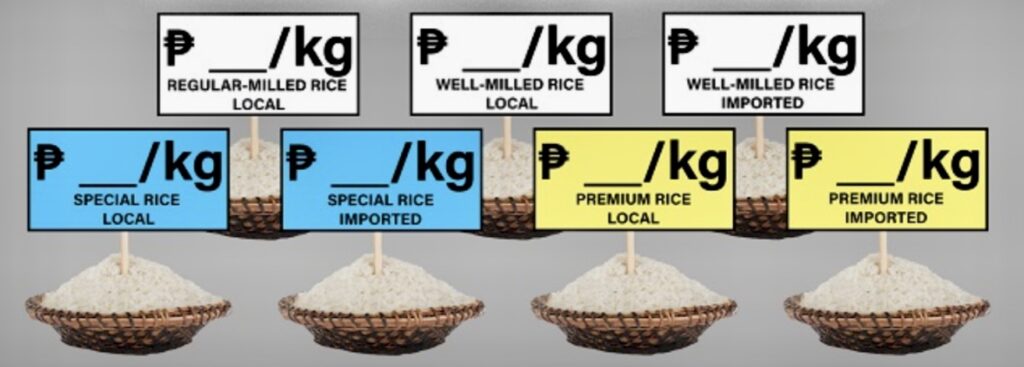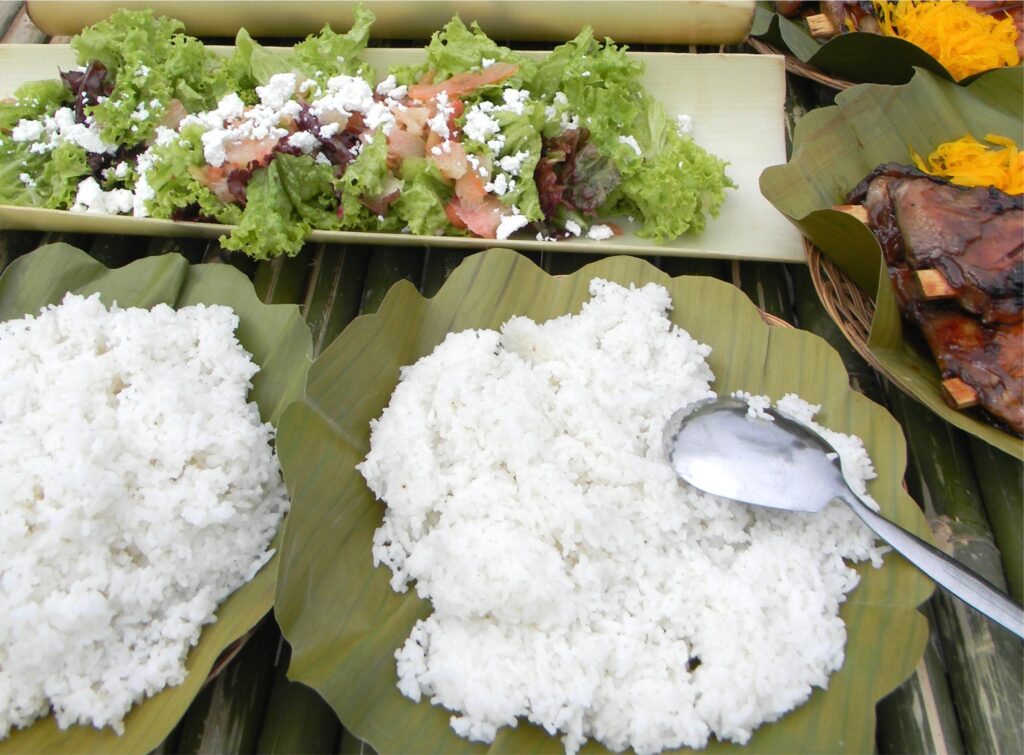Text and Photos by Henrylito D. Tacio
Infographic by PhilRice
A line agency of the Department of Agriculture urges local government units (LGUs) worldwide to enforce proper and truthful labeling in rice for consumers to differentiate locally-produced rice from imported and strengthen Filipino rice farmers.
The Philippine Rice Research Institute (PhilRice) recommended forming a local task force that would ensure that retailers consistently follow the correct standards in labeling.
Alice B. Mataia, lead of PhilRice’s Policy Research and Advocacy project, explained that specifying rice sources in rice packages, box labels, and price tags will aid consumers who want safe and quality local rice to make easy choices.
A joint study conducted by PhilRice and the world’s rice research agency – the International Rice Research Institute (IRRI) based at Los Baños, Laguna – showed the Philippines using the least pesticide compared with other rice-producing countries in Southeast Asia.

“With the LGUs enforcing existing guidelines on labeling of rice boxes and price tags through an ordinance or a resolution, we help consumers exercise their power to choose,” Mataia said.
Mataia, an economist, surmised that demand for local rice might spur when more consumers can spot local rice and choose to buy it over imported ones, encouraging rice traders to source their supply from local farmers.
As a way of promoting locally-produced rice, truthful labeling in rice entails putting valid, reliable, and complete information about the milling classification and source of rice in sacks/packages, rice boxes, or price tags based on prescribed labeling standards, said the PhilRice press release.
According to Mataia, rice labeling guidelines exist since 2018, which was issued by the National Food Authority (NFA) and specified in the 2019 Philippine National Standards on Grains Grading and Classification.

However, the Rice Tariffication Law repeals NFA’s regulatory functions, including its role in enforcing the national grains standard.
Mataia also noted that while the Bureau of Plant Industry took charge of NFA’s functions through inspections and issuance of sanitary and phytosanitary import clearances (SPSICs), it does not cover the implementation of labeling guidelines in rice.
She also said that retailer compliance to the Philippine National Standards on rice labeling and price tagging is voluntary.
“The system glitches on who-should-do-what in implementing labeling guidelines have resulted in some traders opting to not comply with the guidelines. Some retailers fail to meet the basic minimum standard and disregard milling grade and source in price tags,” she explained.
Presently, Mataia said that there are traders who still include the rice brands while some allegedly mix imported and local rice or different rice grades to command higher prices, which are prohibited under RA 7394 or the Philippines’ Consumer Act.

